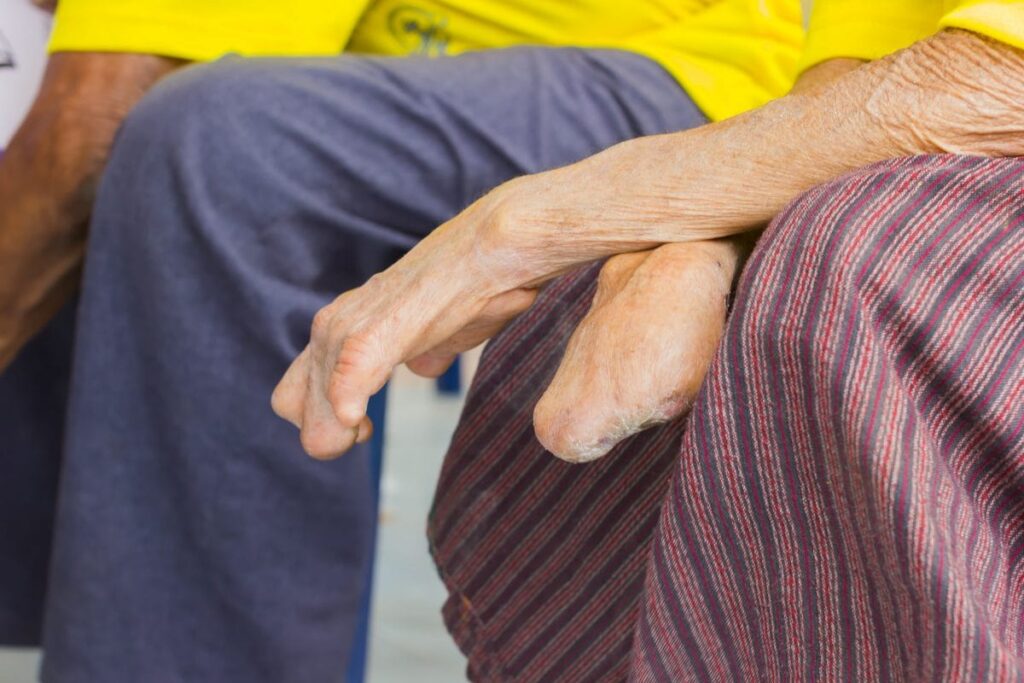A new report by the World Health Organization (WHO) has indicated that India accounts for more than half of the world’s leprosy cases. This comes despite an announcement by the Indian Government that the country was leprosy-free as of 2005.

According to the National Leprosy Eradication Programme (NLEP) report, a total of 65,147 new cases of leprosy were detected in 2020-21. This compares to 114,451 new cases of leprosy across the 2019-20 period.
While the figures seem encouraging, the data is highly disputed. Critics have noted that figures may have been far lower in the recent data due to a lack of surveillance during the COVID-19 pandemic. This may be the case as India – as well as many other countries across the world – funnelled resources into combating the COVID-19 pandemic, often at the expense of other diseases.
Lockdown measures further obscured data on other diseases during the pandemic period. Many individuals who would have otherwise been recorded and monitored in a hospital or primary healthcare centre setting have instead remained at home, and so, figures of many diseases may seem to have fallen. Overburdening of the healthcare systems will have had much the same effect.
The Central Leprosy Division of the Union Health Ministry reported the detection of 135,485 new leprosy cases in India in 2017. Though this would indicate a consistent decline, there is some contention regarding whether the figure places the country above the “free-from” status. As noted by Health Issues India previously
“Given the current population of India, cited in 2017 as being 1.36 billion, these additional 135,485 cases would establish a rate of one person per 10,045 individuals who have contracted leprosy. While this figure falls within the accepted rate for elimination, it is worth reminding that this figure is just the new cases detected within 2017. This potentially entails that the overall figure for leprosy in India is now above the accepted limit for elimination criteria.”
“Regional disparities remained and have not been adequately addressed since 2005. After the WHO declared India leprosy-free, the country didn’t pay much attention to surveillance and case finding,” said Tehseen Zaidi, Manager of Communications and Advocacy at Sasakawa – India Leprosy Foundation. “This has resulted in resurfacing of the disease.”
The announcement of India being “leprosy-free” may have hindered the fight against the disease in this regard. The terminology has given the impression that the disease is no longer of concern, which, when tens of thousands of individuals are contracting the disease every year, is simply not the case.
Complacency resulting from the view that the disease is gone could have a number of effects, foremost among these being a resurgence of leprosy within the country. Other effects may be the resultant lack of knowledge of the disease, allowing it to pass unchecked through the country, particularly in rural areas where healthcare infrastructure is lacking.

